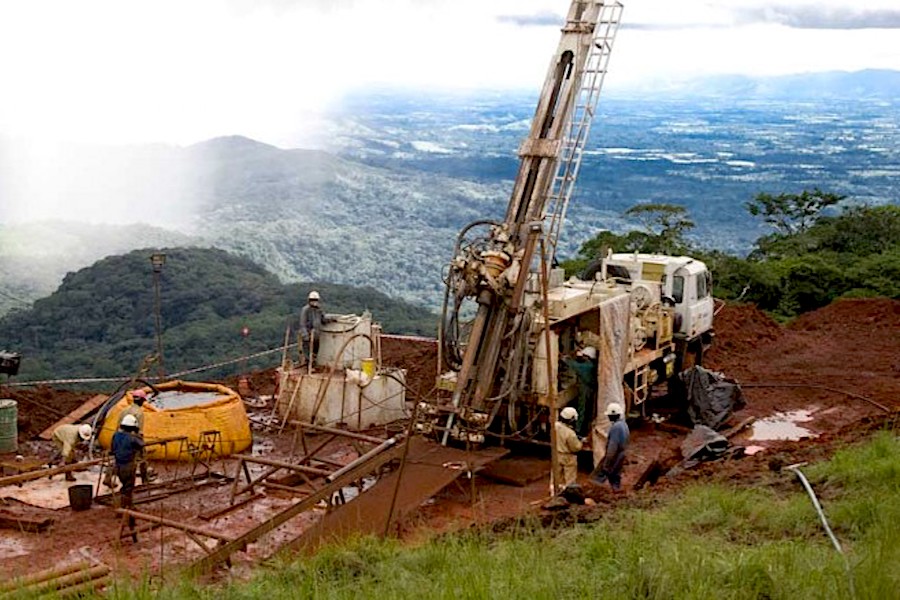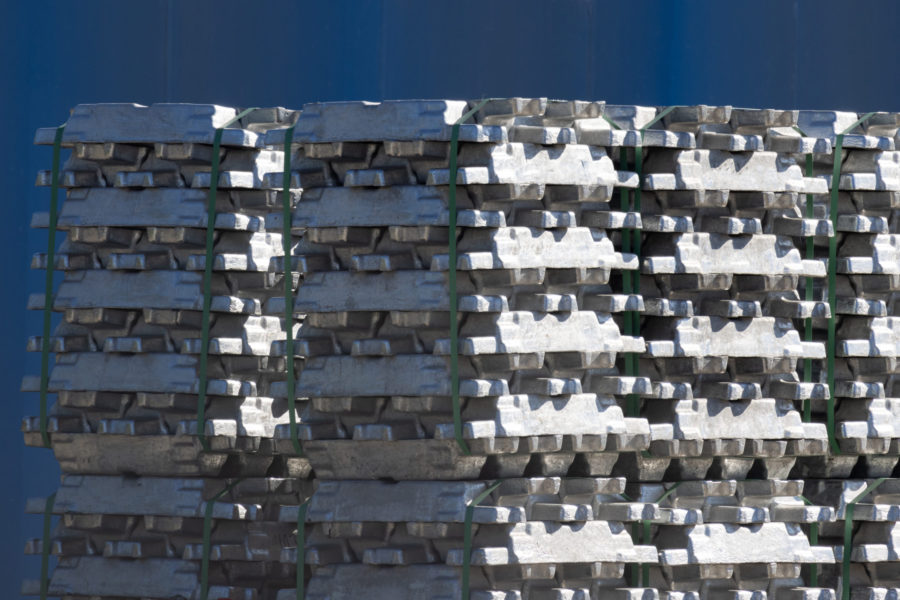Rio Tinto set on building long-delayed Simandou

Rio Tinto (ASX, LON,NYSE: RIO) is suddenly in a rush to develop the giant and controversial Simandou iron ore project in Guinea, as half-year earnings support an investment case for the steel-making material.
Iron ore accounted, once again, for the lion’s share of the second-biggest miner’s profits for the six months to June 30. The commodity has defied predictions for a fall, climbing 19% this year to above $110 a tonne on the back of strong Chinese demand and supply disruptions in Brazil.
Rio is in talks with its Chinese partners to try determining the costs of developing their half share of Simandou
“Under all scenarios Simandou will be developed, with or without Rio Tinto,” chief executive Jean-Sébastien Jacques told Bloomberg News. “There is a huge incentive for the Chinese to make it happen now,” he said, referring to the industrial activity increase in the Asian giant.
Beijing is actively pushing forward with the project and a decision should come soon, sources familiar with the process told MINING.COM.
The state-owned Assets Supervision and Administration Commission (SASAC), which oversees the largest government-owned enterprises in China, is currently fine-tuning details. That includes how the project will be funded, the sources added.
Jacques noted the company has been working with its Chinese partners to try determining the costs of developing their half share of Simandou.
The deposit is comprised of four blocks. Blocks 1 and 2 are controlled by a consortium backed by Chinese and Singaporean companies. Rio Tinto owns 45.05% of Blocks 3 and 4, with China’s Chinalco holding a 39.95% and the Guinean government a 15%.
Disputed riches
For over a decade, it seemed that Guinea’s crown jewel deposit would never be mined, as it was caught up in wrangles between companies that held rights to it and the authorities in the West African nation.
In 2008, one of Guinea’s former dictators stripped Rio Tinto’s rights over two of the four blocks the deposit had been divided on and handed them to Israeli billionaire Benny Steinmetz’s BSG Resources (BSGR).
The world’s no. 1 iron ore miner was able to keep the two southern blocks, but only after paying $700 million to the government in 2011. That guaranteed Rio tenure for the lifetime of the Simandou mine.
That deal came under scrutiny in 2016, forcing the company to fire two senior managers over a questionable $10.5 million payment made to a consultant who helped the company secure the two blocks and alerted authorities, including the US Department of Justice and the UK’s Serious Fraud Office.
Several investigations over bribery and corruption followed, until a settlement between Steinmetz and Guinea was reached early last year, ending the bitter and long-dragged out dispute involving Rio Tinto, Vale and BSGR.
As part of the agreement, Steinmetz’s company agreed to walk away from the asset, but retained the right to mine the smaller Zogota deposit.
Major new source
Simandou could dampen iron ore prices once it reaches full production. The deposit is not just massive — it holds two billion tonnes of iron ore — but the output is expected to have some of the highest grades in the industry.
Developing the rich ore under a jungle-covered mountain range presents additional challenges.
The financial burden of building a 650-km (400-mile) railroad stretching across Guinea to ports has always been a roadblock for developers. Estimates peg the cost at as much as $13 billion. With Chinese funding, the project becomes much more feasible.
China’s resource dependence on Guinea has increased in recent years. In 2017, Beijing agreed to loan President Condé’s administration $20 billion over almost 20 years in exchange for bauxite concessions.
The country is also the world’s top iron ore consumer, with its demand set to hit 1.225-billion tonnes by the end 2020, according to a government think tank.
Analysts say Guinea’s population has so far seen little benefit from Chinese investment.
More News
{{ commodity.name }}
{{ post.title }}
{{ post.date }}



Comments
Marpy
“Analysts say Guinea’s population has so far seen little benefit from Chinese investment” China and Rio Tinto are only interested in lining there pockets and could not care less if the people see anything. – Business in the developing world!